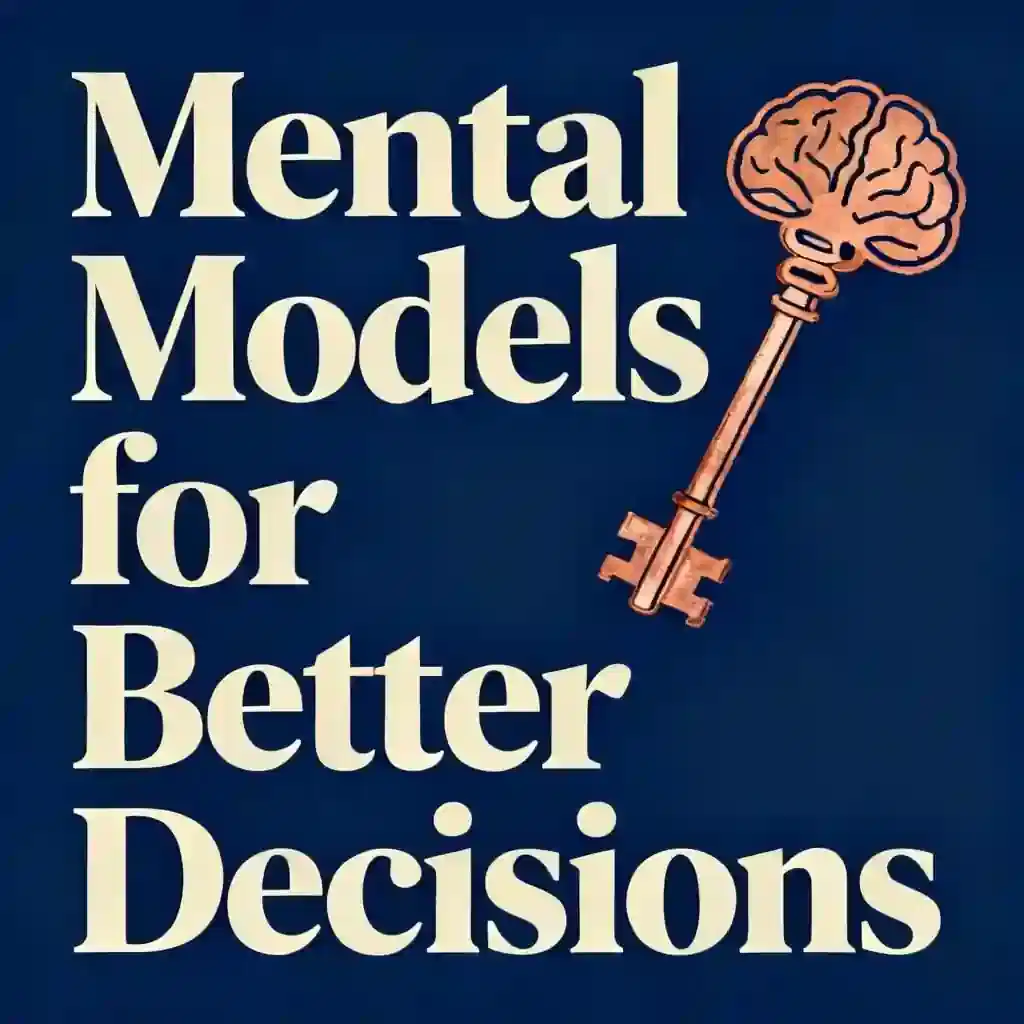What is
The Great Mental Models Volume 2 by Shane Parrish about?
The Great Mental Models Volume 2 explores scientific frameworks from physics, chemistry, and biology, applying them to decision-making and problem-solving. Authors Shane Parrish and Rhiannon Beaubien translate concepts like catalysts, inertia, and entropy into tools for analyzing relationships, leadership, and personal growth. The book emphasizes timeless principles over fleeting trends, helping readers build versatile cognitive skills for navigating complex challenges.
Who should read
The Great Mental Models Volume 2?
This book suits critical thinkers, professionals, and lifelong learners seeking interdisciplinary strategies to refine decision-making. It’s particularly valuable for leaders, entrepreneurs, and students aiming to leverage scientific models (e.g., biological evolution, chemical reactions) to solve social, career, or creative problems. Readers who enjoyed Atomic Habits or Thinking, Fast and Slow will find complementary insights here.
Is
The Great Mental Models Volume 2 worth reading?
Yes—the book distills complex scientific theories into actionable mental tools, making it a practical guide for improving judgment. Its focus on durable concepts like thermodynamics and ecosystem dynamics provides fresh perspectives on leadership, innovation, and adaptability. Readers praise its ability to bridge STEM and social sciences, calling it “highly addictive” for curious minds.
What are the key concepts in
The Great Mental Models Volume 2?
Key ideas include:
- Catalysts (accelerating change by reducing resistance).
- Inertia (recognizing systemic resistance to change).
- Entropy (managing disorder in projects or relationships).
- Ecosystems (analyzing interdependence in teams or markets).
Each model is paired with real-world examples, such as using chemical equilibrium to navigate negotiations.
How does
The Great Mental Models Volume 2 differ from Volume 1?
Volume 1 focuses on general thinking principles (e.g., Occam’s Razor, inversion), while Volume 2 delves into hard sciences. The sequel applies physics/chemistry/biology frameworks to social dynamics, offering tools to anticipate unintended consequences and optimize collaborative systems.
What are memorable quotes from
The Great Mental Models Volume 2?
- “You get paid non-linearly for spotting and seizing opportunities.”
- “Carefully choose what you commit to, then go all in.”
- “You don’t need more time, you need more focus.”
These lines emphasize strategic prioritization and proactive problem-solving.
How can
The Great Mental Models Volume 2 improve career success?
The book teaches readers to identify workplace “catalysts” (e.g., mentorship, feedback loops) and mitigate “entropy” (e.g., miscommunication). By modeling team dynamics as biological ecosystems, it offers strategies for fostering resilience and innovation in competitive environments.
Are there criticisms of
The Great Mental Models Volume 2?
Some readers note the scientific models require effort to apply outside STEM contexts. Critics suggest pairing the book with case studies for clearer implementation. However, most praise its originality in connecting disciplines often treated as separate.
How does
The Great Mental Models Volume 2 relate to Shane Parrish’s other work?
It expands on decision-making frameworks from Parrish’s Clear Thinking and Farnam Street content. While his podcast (The Knowledge Project) interviews experts, this book systematizes their insights into teachable models, aligning with his mission to democratize timeless wisdom.
Can
The Great Mental Models Volume 2 help with personal relationships?
Yes—the book uses concepts like activation energy (effort required to start change) to improve communication. For example, reducing emotional “resistance” during conflicts mirrors how catalysts lower reaction barriers in chemistry.
What books pair well with
The Great Mental Models Volume 2?
- Thinking in Systems by Donella Meadows (systems theory).
- Range by David Epstein (interdisciplinary thinking).
- Atomic Habits by James Clear (behavioral catalysts).
These complement Parrish’s focus on cross-domain problem-solving.
Why is
The Great Mental Models Volume 2 relevant in 2025?
As AI automates routine tasks, human value shifts to nuanced judgment and adaptive thinking. This book’s emphasis on “durable knowledge” equips readers to thrive amid rapid technological and economic shifts, making it a timely resource for future-proofing careers.















